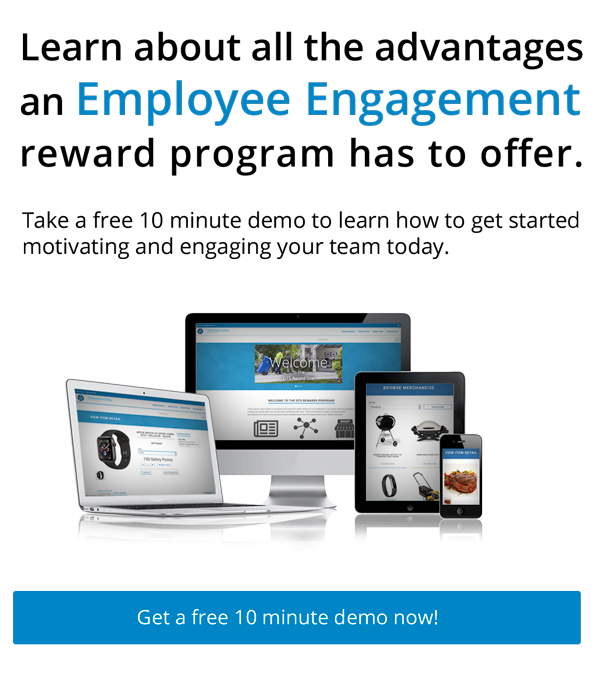
A recent survey of Chief Executive Officers finds that retaining talent is the #1 internal challenge and concern. CEOs must balance long-term goals and short-term results. Regardless of the demographics of the workforce, all employees want to know that their work has meaning and that they’re appreciated. Rewarding and recognizing employees for excellent performance is on every list of ways in which to retain employees. Employee turnover is disruptive and expensive. Here are some factors that contribute to the cost of employee turnover:
- Severance or payout of bonus packages or time off for the departing employee
- Cost of the job search and filling the position
- Cost of training
- Loss of productivity while you’re filling the position
- Cost of temporary employee (if applicable) while position is being filled
- Cost of lost productivity
- Cost of errors or issues while the position is vacant
Calculating the Cost of Employee Turnover
The following calculation covers all the factors above:
Cost of Turnover = (Cost of Hiring + Cost of Onboarding and Training + Severance + Loss in Productivity) * Number of Employees Lost
Reducing Turnover: Engaging your Employees
There is documented evidence that companies with higher levels of employee engagement experience lower turnover. There has been a lot of discussion and attention paid to employee engagement, yet there continues to be plenty of room for improvement. Results from a 2019 study on engagement and retention reports that:
- Only 10% of employees call their boss “awesome” and feel regularly recognized and rewarded at work
- While 74% of employees say that the culture is important to them, only 9% feel that their leaders are committed to improving the corporate culture
- 80% of college graduates consider having a sense of purpose at work to be very important or extremely important
Properly structured reward and recognition programs help to increase employee engagement by checking off many important boxes. They can help to:
- Communicate corporate goals
- Communicate the importance that each role plays in the overall company strategy
- Measure that which is important to the company (people pay attention to what is measured)
- Identify and communicate what “excellence” looks like
- Education, training and growth of individual skills can be part of the program
- Reward and recognize excellent performance
Support from the Top
It’s critical that any type of employee recognition or engagement effort comes from the top. The CEO must be fully and visibly supportive of the campaign. The most effective programs include the full enterprise (internal employees and external channel partners). This is not as easy as it looks and there can be unintended consequences when companies attempt to structure these programs in house. Partner with an experienced professional to ensure that the program is structured fairly and effectively based on your company goals.
Engaged employees that feel valued, understand the direction of the company and the role they play in it will stay longer. Rewarding and recognizing your employees for excellence in a structured program can increase an employee’s engagement in their work. Contact us today to discuss how All Star Incentive Marketing can help to increase your employee engagement and reduce turnover.



